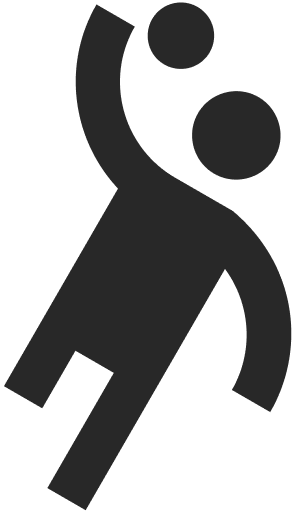

-800.jpg)
09 Sep 2025
Share
We use our thigh muscles every day when walking, running, and climbing stairs. Strong thigh muscles not only improve athletic performance but also help reduce the risk of injury, increase mobility, and improve posture. Whether you're a beginner or already have some exercise experience, you can easily train your thighs at home. JC Fit City has compiled the best methods for training thigh muscles, hoping to help you achieve healthy, strong legs.
-800.jpg)
● Improve Athletic Performance: Strong thigh muscles are essential for running, jumping, and other exercises, boosting your athletic performance, making you run faster and jump higher.
● Reduce Injury Risk: Training thigh muscles enhances joint stability, lowering the chances of injury during exercise and protecting the knees and hips.
● Improve Posture: Strong thigh muscles help improve posture, making your body more aligned and boosting self-confidence.
● Increase Basal Metabolic Rate: Thigh muscles make up the largest muscle group in the body. Training them can increase your metabolic rate and reduce visceral fat.
● Improve Daily Function: Strong thigh muscles make everyday activities like climbing stairs and lifting heavy objects easier.
-800.jpg)
The thigh muscles are mainly divided into the quadriceps, hamstrings, and adductors. Targeting different muscle groups will help achieve overall development.
Quadriceps Training
● Squats (Squats): Squats train the thighs, hamstrings, glutes, and strengthen the core.
○ Correct posture: Feet shoulder-width apart, toes slightly outward, back straight, tighten the abdomen and glutes. When squatting, knees should not go past the toes, squat until thighs are parallel to the ground.
-800.jpg)
● Lunges (Lunges): Lunges effectively train the quadriceps, hamstrings, glutes, and calves while helping to stretch the spine and relieve back pain.
○ Correct posture: Step forward with one foot, lowering the back knee close to the ground, keeping the body upright.
-800.jpg)
Hamstring Training
● Glute Bridges (Glute Bridges): Glute bridges effectively target the hamstrings and glutes and also help train the core muscles.
○ Correct posture: Lie on the floor, bend your knees, and place your feet flat on the ground. Raise your hips, creating a straight line with your body.
-800.jpg)
Adductor Training
● Inner Thigh Lifts (Inner Thigh Lifts): Inner thigh lifts target the inner thigh muscles, helping with hip flexion and thigh stability.
○ Correct posture: Lie on your side, raise the top leg, and feel the engagement of the inner thigh muscles.
-800.jpg)
● Side Lunges (Side Lunges): Side lunges train the inner and outer thigh muscles. For athletes in sports like basketball, badminton, volleyball, and skiing, practicing side lunges helps prevent knee injuries and pelvic misalignment.
○ Correct posture: Stand with feet shoulder-width apart, step to the side, bend the knee, and keep the body upright.
-800.jpg)
● Jump Squats (Jump Squats): Jump squats increase the intensity of training, boost heart rate, and help build strength and explosiveness.
○ Correct posture: Same as squat, squat down, then jump upwards.
-800.jpg)
-800.jpg)
● Pistol Squats (Pistol Squats): Pistol squats are an advanced movement that effectively trains leg strength and balance.
○ Correct posture: Stand on one leg, raise the other leg forward, and squat until your thigh is parallel to the ground.
-800.jpg)
When training thigh muscles, it's essential to maintain proper posture for each movement to avoid injury. If you want to ensure correct form and technique, it's best to train under the guidance of a professional coach. Start with simpler exercises like squats, and gradually increase the intensity as your strength improves.
Also, be mindful of hydration and rest. Healthy eating habits and sufficient rest are key to muscle recovery and growth. Remember to stretch before and after exercise: perform dynamic stretching before exercise to warm up muscles and prevent injury, and static stretching afterward to relax the muscles and alleviate soreness. For more comprehensive training, combine aerobic exercise with other muscle group training like chest and back workouts.
-800.jpg)
Training thigh muscles can enhance activity levels, improve athletic performance, and promote health. With persistence, you can also train your core muscles at home and maintain a healthy physique.